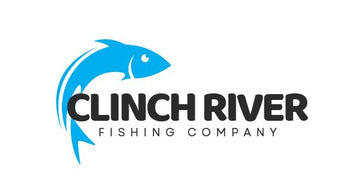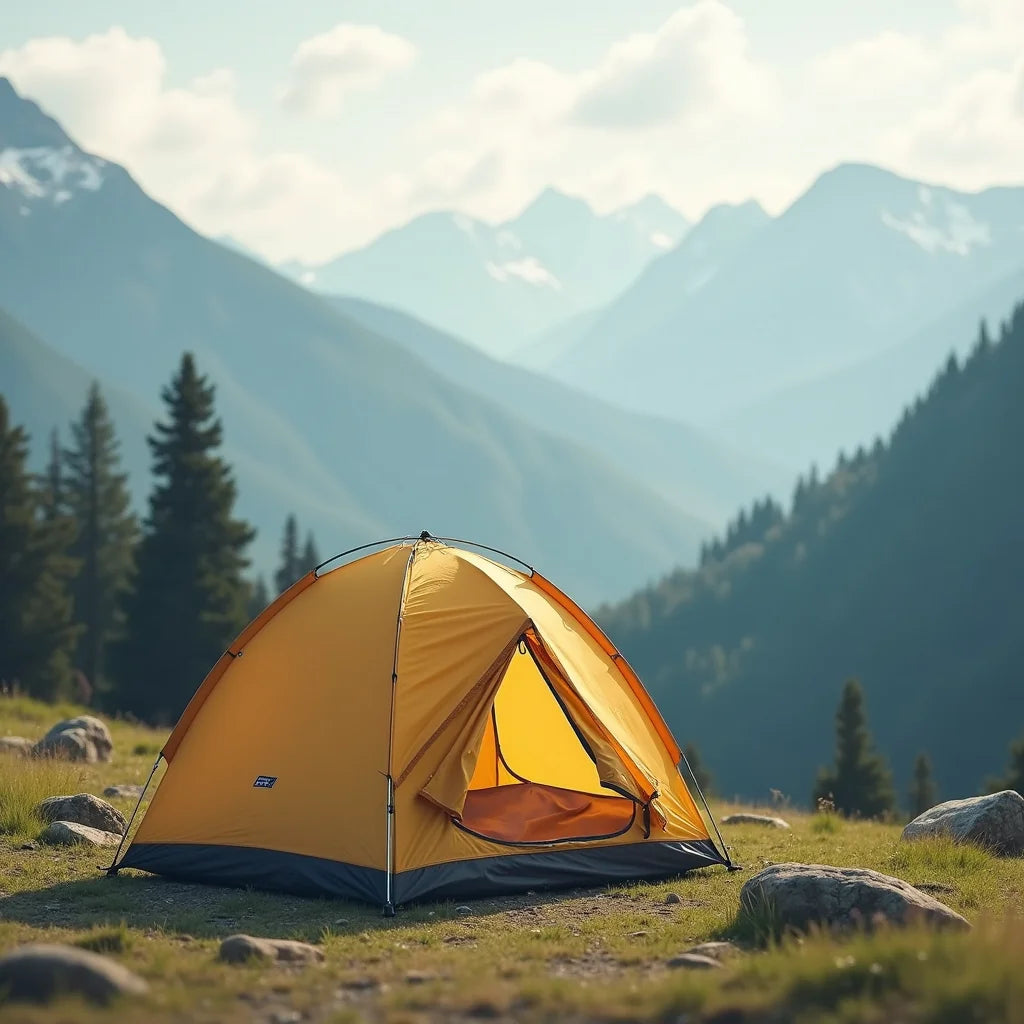Updated on: 2025-10-26
Table of contents for camping and camping trip planning
- Getting started with camping: what to expect
- Step-by-step guide to camping for a smooth first camping trip
- Step 1: Clarify your camping goal
- Step 2: Choose a campground that suits your comfort level
- Step 3: Select a tent and sleeping system that fit your needs
- Step 4: Plan simple meals and a safe camp kitchen
- Step 5: Pack weather-ready clothing and personal items
- Step 6: Prepare a safety and navigation kit
- Step 7: Practice at home before camping out
- Step 8: Arrive early and set up camp thoughtfully
- Step 9: Enjoy low-impact activities and rest well
- Step 10: Break camp, leave no trace, and note lessons
- Practical tips for camping and camping out with confidence
- FAQs about camping, camping gear, and campgrounds
Getting started with camping: what to expect
Camping can be a simple, peaceful way to spend time outdoors and reconnect with what matters. Whether you are camping out in a nearby state park or planning a longer camping trip, a little preparation often goes a long way. In this guide, you will find clear steps for choosing campgrounds, picking camping gear suited to beginners, and packing what you truly need. The aim is a calm experience that fits your comfort level, not a checklist of extremes.
Many people start by selecting a drive-in campsite with potable water, restrooms, and level ground. Others prefer riverside sites for the sound of flowing water. If you enjoy the idea of combining time on the water with a relaxed campsite, you might find helpful local insights on this resource. No matter your style, the guidance below is designed to help you feel prepared and at ease.
Step-by-step guide to camping for a smooth first camping trip
Step 1: Clarify your camping goal
It may be helpful to decide what you want from camping. Do you hope to rest, explore a short trail, fish a nearby river, or enjoy time with family? Your goal will guide everything else: the campground you choose, the camping gear you bring, and the activities you plan. A relaxed focus keeps your trip manageable.
Step 2: Choose a campground that suits your comfort level
Look for campgrounds that match your needs. For a first-time camping trip, sites with parking nearby, bathrooms, and water access can reduce stress. If you search for “family-friendly camping sites near me,” you may find campgrounds with quiet hours, playgrounds, or flat tent pads. Many park websites show site photos and list amenities, which can help you pick a good fit. If you prefer a waterside setting and want to learn more about local access, the about page may offer helpful regional context.
Step 3: Select a tent and sleeping system that fit your needs
A tent that is easy to pitch and sized for your group adds comfort. For two people, a tent labeled for three can provide extra room for gear. A simple dome design is friendly for beginners. A sleeping pad with sufficient insulation and a bag appropriate for expected temperatures round out your sleeping system. If you are wondering “How do I choose the right tent for camping?” consider ease of setup, interior space, and weather protection. When in doubt, practice pitching the tent at home to build confidence.
Step 4: Plan simple meals and a safe camp kitchen
Meals for camping do not need to be complex. A small stove, a fuel canister, a lighter, a basic pot, and a mug might be enough. Pre-chopping vegetables, bringing ready-to-eat grains, or choosing one-pot recipes can ease prep. Store food securely, keep a respectful distance from wildlife, and follow campground rules for waste and gray water. If you enjoy camp coffee, consider a compact pour-over or a press with sturdy materials.
Step 5: Pack weather-ready clothing and personal items
Layers help you adapt to changing conditions. Consider a light base layer, a warm mid-layer, and a wind or rain shell. Comfortable footwear, a hat, and extra socks tend to be useful. Personal items may include toiletries, sunscreen, insect protection, and any medications you require. A small microfiber towel and biodegradable soap are often handy.
Step 6: Prepare a safety and navigation kit
A modest kit encourages peace of mind. Include a headlamp, spare batteries, a first-aid kit, a paper map, a compass, and a charged phone with offline maps if available. A whistle, multipurpose tool, and duct tape for quick fixes can be reassuring. If you plan to be near water, be mindful of local conditions and follow posted guidance. Should you have questions about local access or river safety, you are welcome to reach out for general information.
Step 7: Practice at home before camping out
A short practice run offers confidence. Pitch the tent, inflate sleeping pads, and test your stove in a well-ventilated outdoor area. Check that your headlamp works and that you can pack everything comfortably. This small rehearsal reduces unknowns and helps you tweak your checklist.
Step 8: Arrive early and set up camp thoughtfully
Reaching your site with daylight allows you to look for level ground, clear small debris, and set up your tent at an angle that sheds wind and rain. Keep food storage away from your sleeping area. Place a doormat or small groundsheet at the entrance to reduce dirt inside your tent. A gentle routine—tent, sleeping system, kitchen, and finally a quick site tidy—keeps setup calm and predictable.
Step 9: Enjoy low-impact activities and rest well
Choose activities that match your energy. A short walk, birdwatching, a riverside journal session, or stargazing can be restorative. If you like to read, bring a small book and a warm layer for the evening. Respect quiet hours so everyone enjoys the campground, and keep light pollution low by using a red-light mode if your headlamp offers one. If you are curious about nearby water-based outings, browsing the blog may spark ideas that pair well with a peaceful campsite.
Step 10: Break camp, leave no trace, and note lessons
When it is time to go, pack out all trash, scour the site for micro-litter, and brush off gear before storing it. A brief note of what worked, what you did not use, and what you might add next time will help refine future camping trips. Over time, your kit becomes simpler, your setup smoother, and your camping out routine more comfortable.
Practical tips for camping and camping out with confidence
- Keep your first camping trip close to home so you can adjust easily if needed.
- For the best camping gear for beginners, focus on essentials first: a reliable tent, a warm sleeping system, and a simple stove.
- Use transparent pouches or small bins to organize cooking gear, hygiene items, and first-aid supplies.
- Check campsite details in advance: parking distance, shade, water access, and rules for fires or stoves.
- Bring a small brush or bandana to gently clear tent zippers and reduce wear.
- Pack a soft light source for evenings, such as a dimmable lantern, to create a calm atmosphere.
- Consider earplugs and an eye mask if you are sensitive to campground sounds or early light.
- Keep a simple repair kit: patch material for pads, a tent pole splint, and extra guyline.
- If camping with kids, create a quiet-time basket with books and card games to wind down the day.
- Carry an extra trash bag for site cleanups; leaving a place nicer than you found it feels good and helps everyone.
FAQs about camping, camping gear, and campgrounds
What should I bring on a camping trip?
Most campers do well with a tent, stakes, mallet, footprint or groundsheet, sleeping bag, sleeping pad, pillow, headlamp, stove, fuel, lighter, pot, mug, utensils, food, water containers, basic first-aid, navigation tools, toiletries, layers for warmth, rain shell, hat, and sturdy footwear. Adjust based on weather, campground amenities, and personal comfort. If you will be near water, quick-dry layers and a small camp towel can be especially helpful.
How do I choose the right tent for camping?
Match the tent to your group size, expected conditions, and setup comfort. Many first-timers appreciate a freestanding dome tent with two doors and a simple pole design. Look for a full-coverage rainfly, quality zippers, and adequate interior space. If you value extra room for gear on a camping trip, consider sizing up by one person rating. Practice at home so you feel confident when camping out at your site.
How can I find family-friendly camping sites near me?
Start with park websites and reservation platforms that show photos, site dimensions, and amenities. Filter for restrooms, water access, level pads, and quiet hours. Searching “family-friendly camping sites near me” can surface options with playgrounds or easy trails. Reading recent reviews provides helpful context about noise, shade, and cleanliness.
What is the best camping gear for beginners?
The best camping gear for beginners is reliable, simple, and budget-friendly. A user-friendly tent, a warm sleeping bag, an insulated sleeping pad, and a basic stove form a solid core. Add a headlamp, first-aid kit, and a compact cook set. You can borrow or rent gear to test preferences before buying. When you are ready to explore waterside camping, a quick look at this page may inspire relaxed, nature-forward plans.

Owner and CEO of Clinch River FIshing USA. A marine electroncs, fishing and outdoor store.

